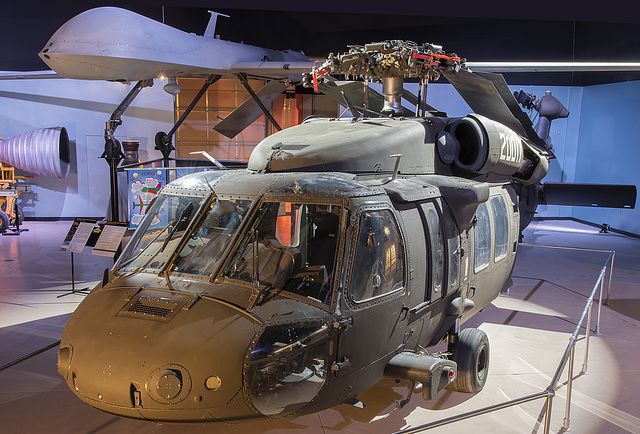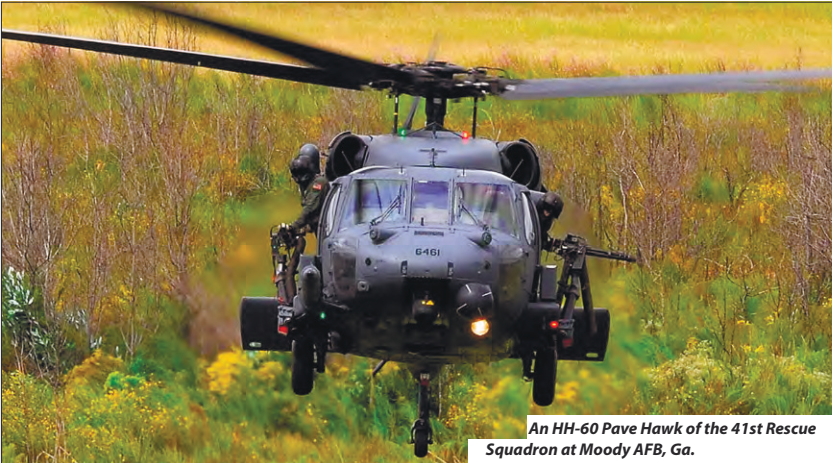Whatever You Need to Know Concerning the UH 60 Helicopter
The UH-60 helicopter, a keystone of U.S. Military air travel given that its debut in 1979, stands for an exceptional mix of engineering and operational convenience. As armed forces requirements advance, so too does the helicopter, with recurring advancements aimed at enhancing its capacities and incorporating modern innovations.
History of the UH-60
Created in the late 1970s, the UH-60 Black Hawk helicopter became a feedback to the united state Military's need for a flexible energy helicopter that might perform a variety of objectives under difficult problems. The incentive for its layout was the shortcomings determined in the earlier helicopters used throughout the Vietnam War, especially in terms of ability to move, rate, and survivability.
The Black Hawk was designed by Sikorsky Aircraft, integrating sophisticated modern technologies and products to enhance its performance and sturdiness. It was officially introduced into service in 1979, rapidly ending up being a vital asset for military procedures - uh 60. Its capability to carry troops, clinical discharge, and logistical assistance in both fight and altruistic missions made the Black Hawk an important element of the U.S. Military's aeronautics fleet
Throughout the years, the UH-60 has been continuously updated, adapting to the altering nature of warfare and the evolving requirements of contemporary military procedures. Its functional history includes engagement in major conflicts, peacekeeping goals, and calamity alleviation efforts, strengthening its reputation as a reputable and effective helicopter in numerous atmospheres worldwide.

Design and Requirements
The style of the UH-60 Black Hawk helicopter constantly reflects a commitment to functional performance and adaptability. Developed by Sikorsky Airplane, this medium-lift utility helicopter includes a smooth, wind resistant fuselage that improves speed and maneuverability. Its tandem blades system, characterized by two counter-rotating blades, lessens vibration and boosts lift capability, enabling safer procedures in varied environments.
The UH-60 is powered by two T700-GE-701C turboshaft engines, supplying an optimum rate of around 180 knots and a variety of around 400 maritime miles. Its durable airframe is created from sophisticated composite products, ensuring durability while preserving a reasonably reduced weight. The helicopter has an optimum gross weight of concerning 22,000 pounds, sustaining a versatile payload configuration.

Roles and Objectives
A versatile platform, the UH-60 Black Hawk helicopter serves a plethora of duties and missions within army operations. Made mainly for troop transportation, it is qualified of bring approximately 11 soldiers, making it an essential property for fast release and logistical support.
In enhancement to army transportation, the UH-60 masters medical evacuation (MEDEVAC) objectives, outfitted with advanced medical equipment to supply essential treatment throughout transit. Its capacity to run in diverse environments boosts its efficiency in battle search and rescue (CSAR) operations, where swift removal of workers is essential.
The helicopter also plays a significant duty in reconnaissance and surveillance objectives, utilizing onboard sensors and browse around this web-site tools to debrief. Additionally, its adaptability encompasses logistical support, efficient in delivering products and tools to ahead running bases - uh 60.
In fight operations, the UH-60 can be outfitted with numerous weapon systems, allowing it to give close air assistance. Its multi-role capacity makes the Black Hawk an indispensable device for modern-day army forces, adapting effortlessly to the progressing demands of battlefield scenarios and making certain goal success across a variety of operational contexts.
Performance and Capabilities
Recognized for its durable performance, the UH-60 Black Hawk helicopter boasts impressive capacities that improve its functional performance throughout different missions. uh 60. This multi-role airplane is furnished with powerful twin-engine Turbomeca Arriel 1D1 engines, providing remarkable rate and ability to move, with an optimum cruise rate of roughly 150 knots and an operational array of around 400 nautical miles
The Black Hawk's sophisticated avionics and fly-by-wire control systems significantly improve trip security and handling, allowing it to operate in varied atmospheres, including damaging weather condition problems. Its convenience is additional exemplified by its capability to lug as much as 11 completely outfitted troops or a haul of about 8,000 extra pounds, making it optimal for army transport, medical evacuation, and logistical assistance missions.
Furthermore, the UH-60 is made for survivability, featuring reinforced airframes, ballistic defense for crew and travelers, and progressed countermeasure systems to evade hazards. The helicopter's agility and speed, combined with its ability for rapid release, make it an important property in contemporary military operations, making sure that it remains a vital element of tactical air support and battlefield flexibility.
Future Dope

One considerable focus is the assimilation of sophisticated avionics systems, Extra resources which will improve situational understanding with boosted navigation and communication abilities. This includes the possible use of artificial knowledge to assist pilots in decision-making and goal preparation.
Moreover, future variants may include sophisticated materials and layout functions to boost the helicopter's durability and lower its radar trademark, enhancing survivability in disputed environments.
The intro of hybrid-electric propulsion systems is additionally coming up, intending to enhance gas effectiveness and decrease logistical worries. Such improvements can extend functional range and minimize the helicopter's ecological footprint.

Verdict
The UH-60 helicopter stands for a substantial development in army aviation because its intro in 1979. The UH-60's withstanding presence highlights its essential function in modern-day armed forces procedures and highlights the ongoing development of army air travel technology.
The UH-60 helicopter, a foundation of United state Military aviation given that its debut in 1979, stands for a remarkable blend of design and operational versatility. As armed forces requirements evolve, so too does the helicopter, with recurring developments intended at boosting its capacities and incorporating modern technologies.The style of the UH-60 Black Hawk helicopter constantly mirrors a commitment to operational efficiency and flexibility. Established by Sikorsky Airplane, this medium-lift energy helicopter features a sleek, aerodynamic fuselage that improves rate and maneuverability.The UH-60 helicopter represents a significant development in armed forces aeronautics since its introduction in 1979.
Comments on “The UH 60 Black Hawk: Versatility and Performance in Military Aviation”